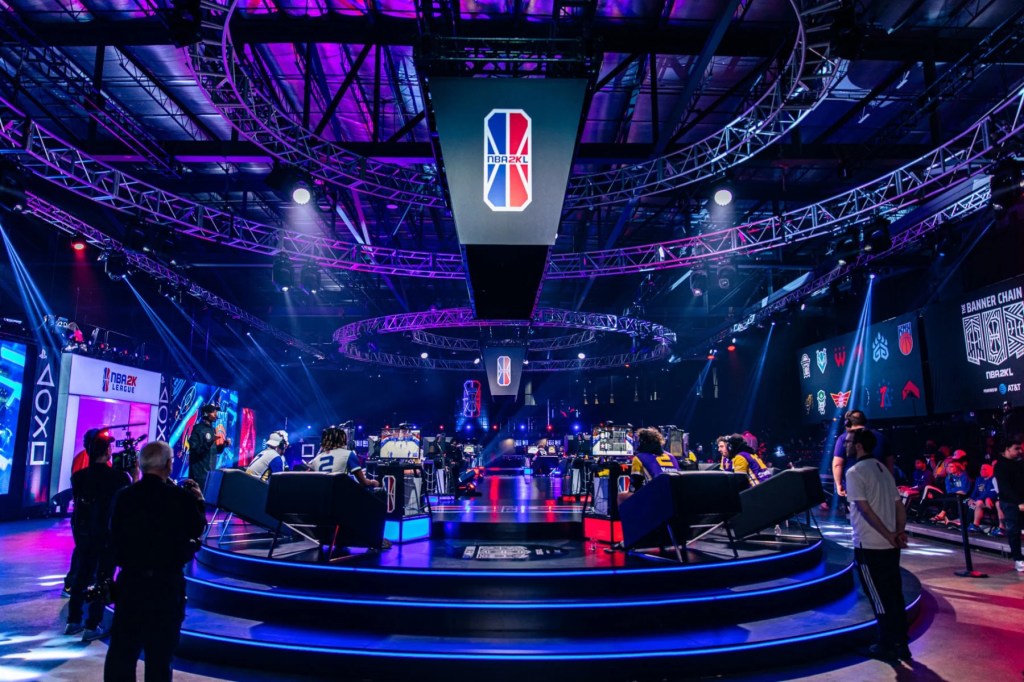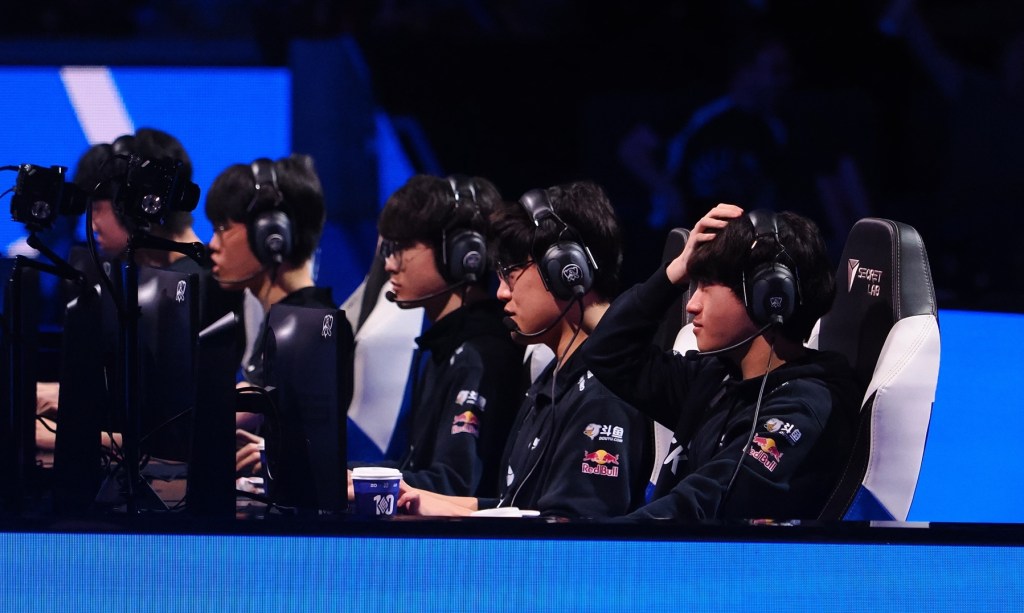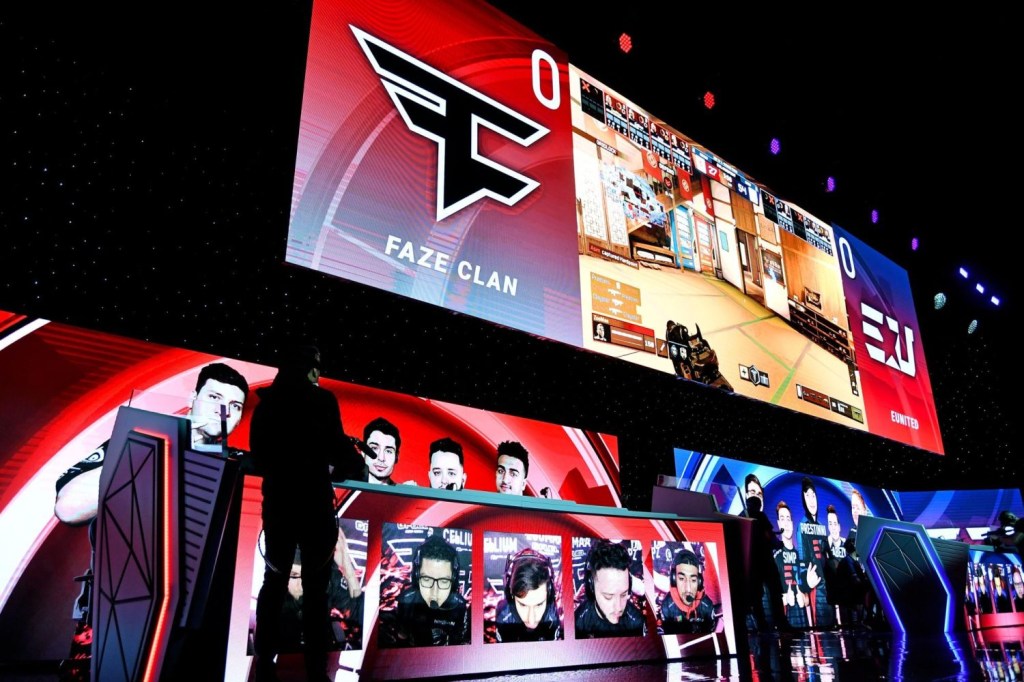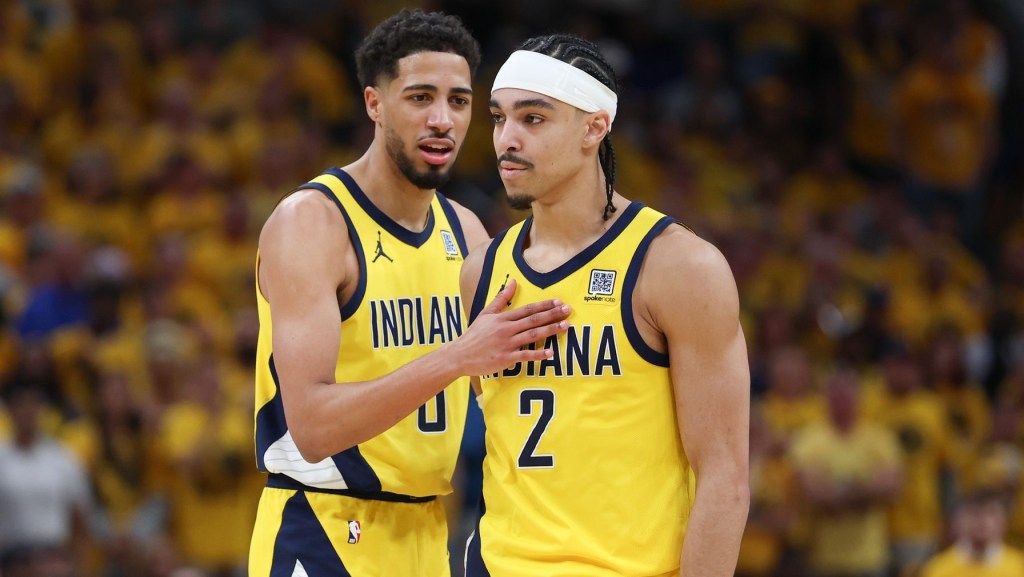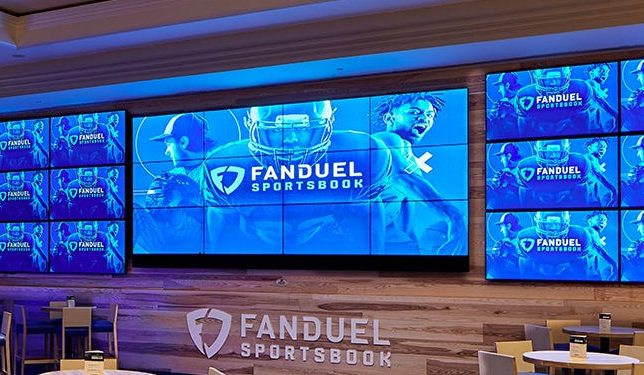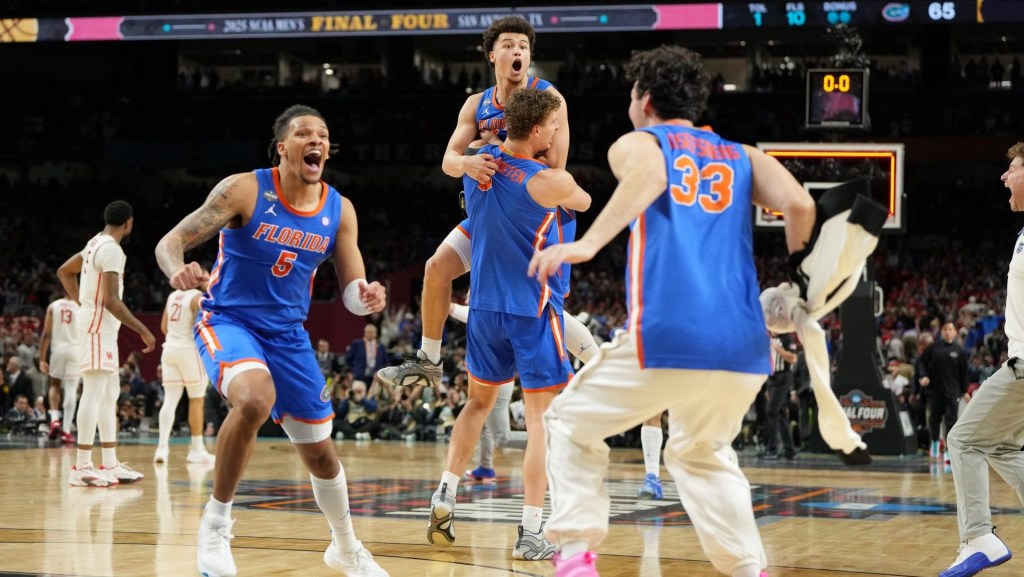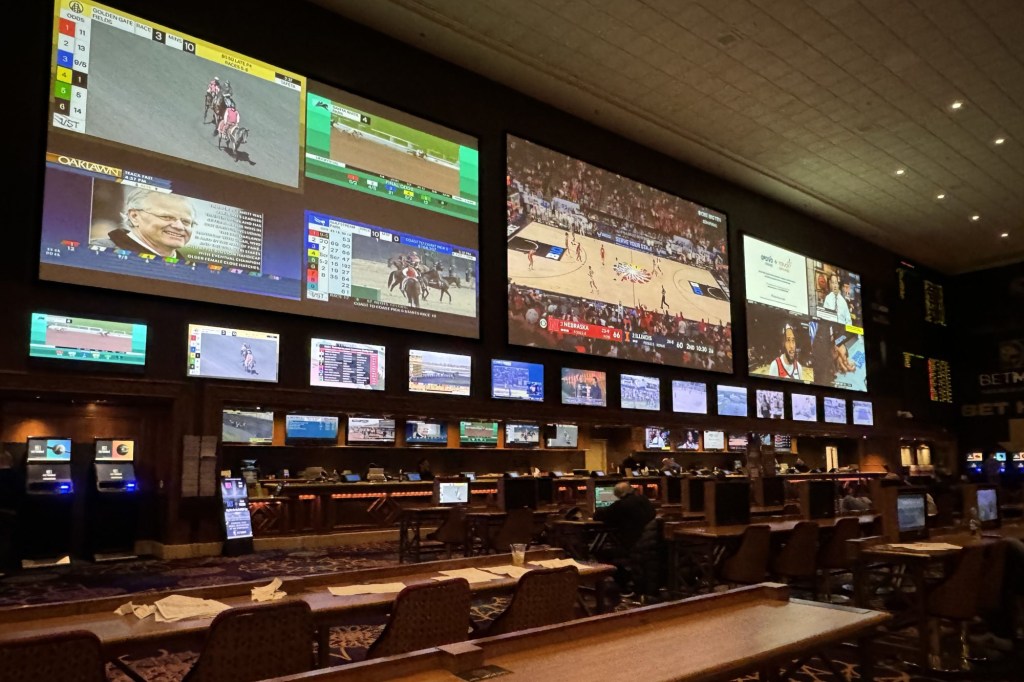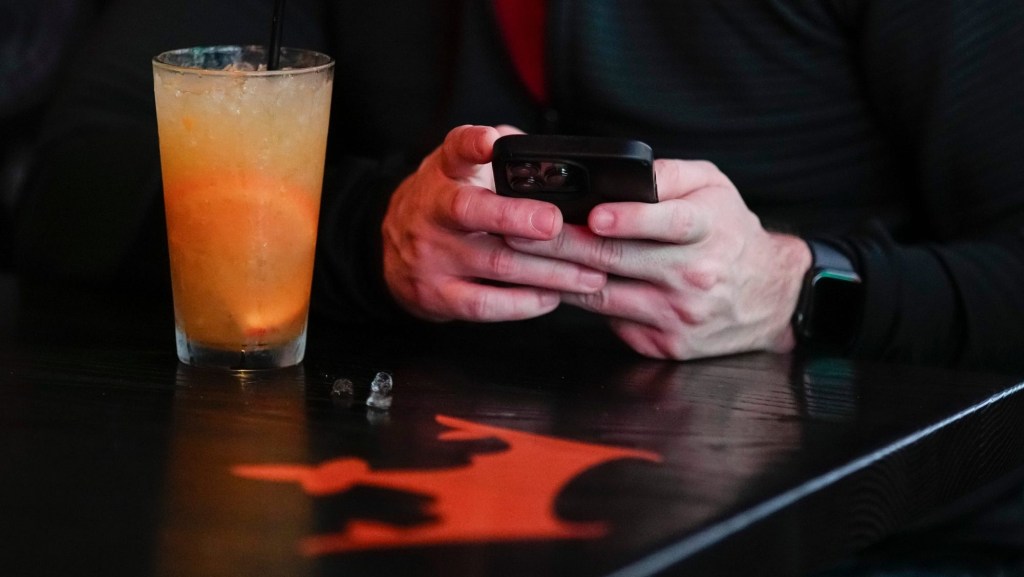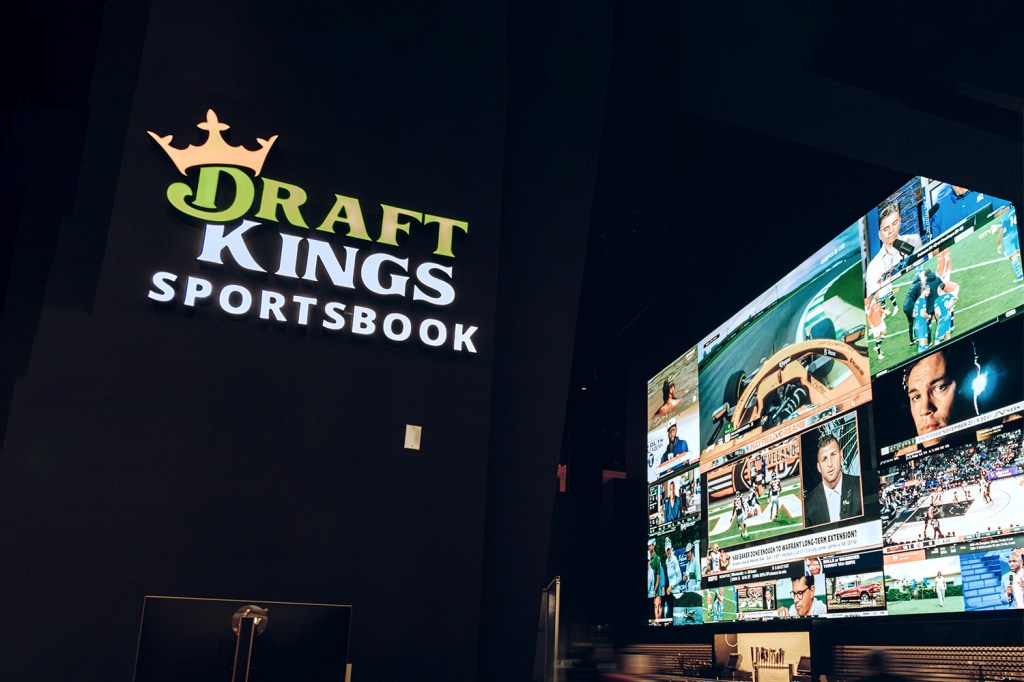Partnerships between brands and esports stakeholders are becoming more common throughout the industry, as companies look to increase recognition with millennials and Gen Z consumers on their turf.
But as more businesses attempt to ingrain themselves into the minds of game enthusiasts, they are also forced to find unique entry points that are on-brand to receive the best returns on investments, experts say.
Given this mandate, the International Committee of the Red Cross’ new partnership with Fortnite may have had some marketing professionals scratching their collective heads. After all, in Fortnite, the objective is either kill or be killed – not precisely the three-time Nobel Prize Laureate’s mission statement.
But an opportunity to create a new game mode within the popular esports title provided the ICRC with a distinct opportunity, according to the organization.
In partnership with Fortnite creative mode developer Team Evolve, the ICRC launched “Liferun” on January 19. The new game mode prompts gamers to complete four missions to help save lives, which in turn raises awareness around what the ICRC does in war zones around the world.
“We knew we wanted to engage with a battle royale style game, and then found out about Fortnite creative mode about one year ago,” said Christoph Hanger, who led the initiative on behalf of the ICRC. “Fortnite is still one of the biggest, if not the most popular, esports game in the world, so it provided a great way for us to reach new audiences.”
The ICRC’s new esports initiative is not the organization’s first foray into the growing industry, but it is admittedly a level up from previous exploits. In 2017, the company collaborated with developer Bohemia Interactive to create downloadable content for its Arma 3 video game, which is a realistic military tactical shooter. The content had players deactivate landmines in former war zones.
READ MORE: Esports Betting Growth Trajectory Mirrors Rise In Fan Viewership
The ICRC says it is hopeful that its continued involvement in the gaming community will convince today’s young gamers to work for the organization in the future.
But a more immediate goal is to fundraise. Bohemia Interactive donated more than $176,000 to the ICRC in 2018. Funds were derived from DLC content sales associated with its partnership.
In its new Fortnite mode, the ICRC additionally asks players to donate to the organization, Hanger added.
“We will pause and assess the impact of this Fortnite partnership, but we’ve told gamers to pitch us their ideas on future partnerships we can do,” he said. “There are no concrete plans yet, but certainly a willingness to continue doing it.”
To showcase its new game mode, the ICRC teamed up with Fortnite streamers “Dr. Lupo,” “Lachlan,” and “One shot Gurl” to livestream the game’s new addition at PAX South arena in San Antonio on their personal YouTube channels. Results from the event are still being finalized. However, Lachlan’s YouTube stream of the new game mode topped out at just over 811,000 viewers.
The ICRC’s Fortnite integration is only the latest high-profile collaboration within the esports industry. These kinds of partnerships happen more often than consumers think, according to Dave Rosenberg, chief brand officer at GMR Marketing.
Prominent brands like Doritos have recently partnered with the likes of the Electronic Sports League – an esports event organizer. Another example is Cloud9’s Counter-Strike esports team’s partnership with the U.S. Air Force. Meanwhile, Mobil 1 is a recurring partner of the Rocket League Championship Series.
READ MORE: Wingstop Taps Twitch To Grow Its Customer Base Through Esports
In the case of the ICRC’s new partnership, Fortnite’s co-op story mode – instructing players to save humanity from an outbreak of zombies by developing communities to keep each other safe – will likely help this new creative mode effort sink into the minds of fans, he said. Fortnite unveiled Chapter 2, the latest iteration of its game, in October, which should also create additional hype.
“This was an awareness play. The Red Cross has been around forever, but every organization needs to get messaging out to the next generation,” said Rosenberg, who leads GMR Marketing’s esports and gaming initiatives. “There is some risk involved with a high awareness partnership like this [in terms of marketing spend], but brands have gotten better at finding storylines that appeal to the true attributes of their brand.”
Rosenberg predicts that in the next 12 months, companies will begin partnering with esports entities focused on mobile-first gaming to further connect with Gen Z crowds. According to a 2019 report by NewZoo and Asia mobile advertising firm Mintegral, China and Japan dominate this market currently, Game World Observer reported.
“We’ve got to remember that the Gen Z generation has had a phone in their hands since they were 10-years-old,” said Rosenberg. “So we will start to see similar trends to Japan and China, where some of the top games are mobile. Here, in the U.S., we don’t have that yet, but we will.”


